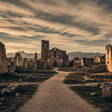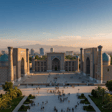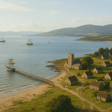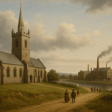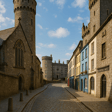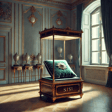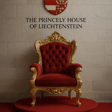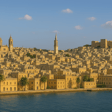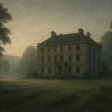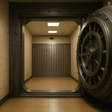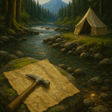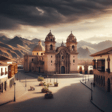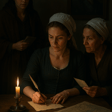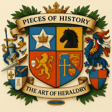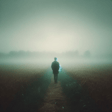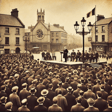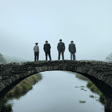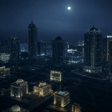
Drawing the Roman Past
Episode twenty of the new season of Pieces of History brings us into the world of Roman Britain through the work of archaeologist and illustrator Dr. David Neal. Over his career, Dr. Neal has recorded and interpreted some of the most important mosaics ever uncovered in Britain.
We’ll trace his journey from early influences and training, to the moment he discovered the connection between art and archaeology. Along the way, Dr. Neal explains what mosaics are, why they matter, and what they reveal about Roman society and daily life. He shares how he developed new techniques to document them, the challenges of balancing creativity with accuracy, and the milestones that shaped his career.
From the evolution of archaeological recording in the digital age to the enduring role of traditional illustration, we’ll explore how his work has preserved the Roman past for future generations.
Join us for a conversation that uncovers not only the beauty of Roman mosaics, but also the craft of bringing them back to life on the page.
Email: piecesofhistorypod@outlook.com
Facebook: Pieces of History podcast
Instagram: @pieceofhistorypod
